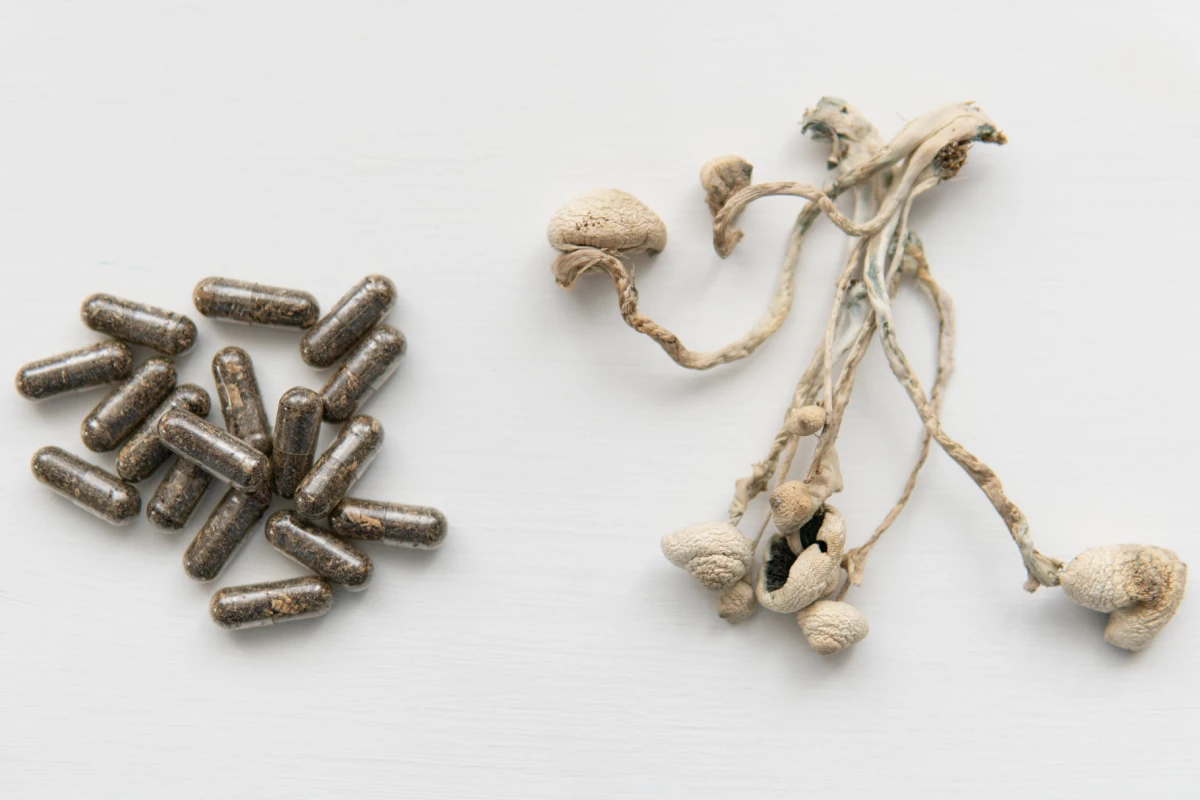A novel Australian trial is set to investigate the popular yet still deeply unproven practice of microdosing psychedelics. The research promises to be the first exploration of naturalistic psilocybin microdosing in a lab-setting using a cutting-edge neuroimaging technique and a unique kind of trial protocol.
The idea underpinning the phenomenon of psychedelic microdosing is that tiny doses of psychoactive drugs, such as psilocybin or LSD, can deliver subtle enhancements to productivity, creativity, mental well-being and energy. The key to microdosing is that doses must be so small that the user feels no acute hallucinogenic effects. Basically, if you feel something acute after taking a dose you have had too much.
While the practice is not particularly new, it has risen in popularity dramatically over the past decade, inspired by highly active internet communities and large volumes of positive anecdotal reports. Despite the flurry of popular reporting there is still a dearth of robust empirical data on the true efficacy of microdosing. Only in the last few years have scientists been able to begin exploring the subject through clinical trials, so the jury is still out over whether this practice is an effective phenomenon or simply a glorified placebo effect.
Vince Polito, from Macquarie University, has been researching naturalistic microdosing behaviors for several years. In 2019 he published a compelling, and unique, longitudinal study that tracked the experiences of nearly 100 microdosing subjects over six weeks. His latest project, sponsored by life sciences company Mydecine Innovations Group, is another novel investigation of "real-world" microdosers.
“Our focus of the study is exploring whether microdosing leads to changes in novelty perception or pattern recognition,” says Polito. “In exploring the experiences of genuine microdosers from multiple angles, looking at behavioral, neuroimaging and biomarker data, we want to discover what actually happens when people microdose ‘in the wild’ and whether we can find objective indicators of some of the benefits that microdosers claim."
Instead of using a traditional study protocol, where researchers themselves would administer doses of a drug to participants in controlled environments, this new research is deploying a very unique method to investigate the acute effects of a mushroom microdose.
“We are going to ask people already microdosing to come into the lab on two occasions,” Polito explains to New Atlas in an email. “We will be using a simplified version of the self-blinding protocol developed by researchers at ICL [Imperial College London], meaning that participants will prepare a placebo and a genuine microdose. They will take one of these on each testing day (but will not know which one they have taken). So the study will use a within-subjects design, comparing the performance of people on days when they are and are not microdosing.”
The self-blinding microdose protocol Polito is referring to was developed by a team of UK researchers and involves the participant placing either microdoses or placebos into envelopes that are only marked with QR codes. The participant shuffles the envelopes, losing track of which ones contain microdoses and which contain placebos. This essentially serves to blind the participant from what they are taking, and then at the end of the study the researchers can track, via the QR codes, when each participant was taking either a microdose or placebo.
The UK study employing this novel protocol hopes to have the first phase of its results published very soon. A second phase is set to commence later in 2021 and it will potentially look at incorporating lab-based measurements into the data it is gathering.
The upcoming Australian study is a little simpler and more focused than its UK counterpart. While it will look at subjects who self-report ongoing microdosing practices, it is primarily interested in the immediate after-effects of taking a microdose.
“The study will be open to people microdosing with psilocybin only,” says Polito. “We don't require people to follow a specific dosing regime. We don't want to influence people's microdosing behaviors in any way, we want to explore the experiences of people microdosing according to their existing practices. We are mainly interested in the immediate or state-based effects of microdosing so our measures will focus on markers of any psychological or physiological changes that occur while a person is microdosing (rather than cumulative or longterm effects).”
Alongside a variety of cognitive and biometric measures, the study will be the first to explore the microdosing brain using a cutting-edge neuroimaging method called magnetoencephalography (MEG). While the idea of MEG has been around for decades, recent technological advances have allowed this novel form of neuroimaging to be optimized.
MEG scans allow researchers incredibly detailed insights into real-time electrical activity in the brain. Unlike fMRI, which tracks neuronal activation by imaging blood flow changes, MEG tracks electrical activity in ways similar to an EEG but with profoundly greater resolution.
“There have been very few imaging studies of microdosing so far and I think that this will be the first MEG investigation,” says Polito. “This will allow to explore more precisely changes that occur in neural networks on dosing days, and to identify very subtle changes that may occur in response to our experimental stimuli.”
The study is currently recruiting subjects and Polito asks any interested volunteers in the Sydney area to contact his research team at this email address.




